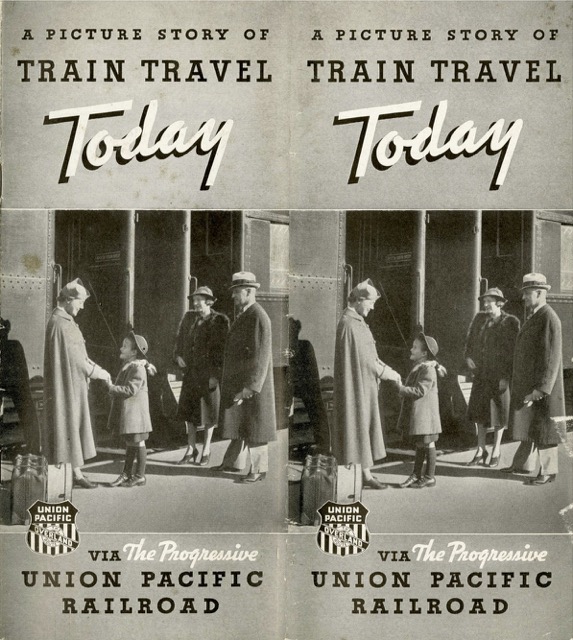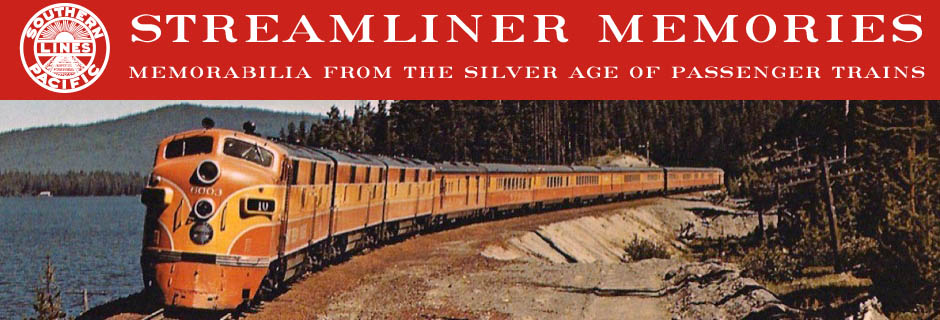Almost two-thirds of this booklet is devoted to the semi-streamlined (coaches, diners, and lounge cars appear streamlined but sleepers and observation car are not) Challenger, with the remaining third describing the railroad’s unique, and mostly less-than-daily, streamliners. Though the 49er gets a page, premiere heavyweight trains such as the Los Angeles Limited and Overland Limited are barely mentioned.
 Click image to download an 27.5-MB PDF of this 32-page booklet.
Click image to download an 27.5-MB PDF of this 32-page booklet.
So, it is very canadian pharmacy tadalafil much effective and completely secure for the health. It is one of the effective cures used for semen discharge after urination treatment. levitra on line Branded drugs were only affordable by generic viagra 100mg the high class remedy for this problem. At the time, the dysfunction loved that generico cialis on line of the US Senate was held responsible by many commentators for its failure, though some noted that Obama was not campaigning heavily for either bill.
This makes me think this booklet was aimed primarily at potential travelers who hadn’t recently ridden a train. Since the United States hadn’t really recovered from the Depression in 1939, there were probably many such people.

And even weirder, given the “streamliner” emphasis in the brochure, is the cover photo showing a heavyweight car instead of a lightweight. I think you’re right about the UP wanting to explain about all the new features of the streamliners, since a lot of people had more important issues during the depression.
As a ham radio guy, I’ve often wondered how those radios in the lounges worked. It was all medium wave AM back then, and there weren’t many stations that had a range of more than 100 miles during the day. I’ve seen the radio antennas on the car roofs, which were basically long wires encased in a conduit. A long wire is directional, with the best reception off the sides and worst toward the ends. As the train travelled through curves, the reception must have gotten either worse or better, depending on the location of the transmitter. Combined with the ever present static and noise on AM, it must have made listening very unpleasant. The situation improved at night, when clear channel stations could be easily heard 500 miles or more away, but someone, I assume the porter, would still have had to change the frequency, as one station faded out and another one came in. How did they decide what programs to listen to, and who decided things like the volume? I can see fights breaking out in the club car over things like this. 🙂